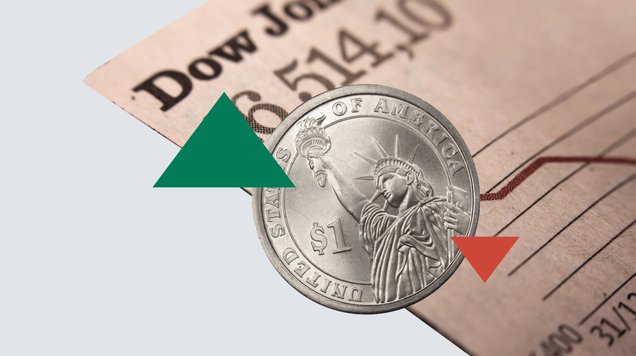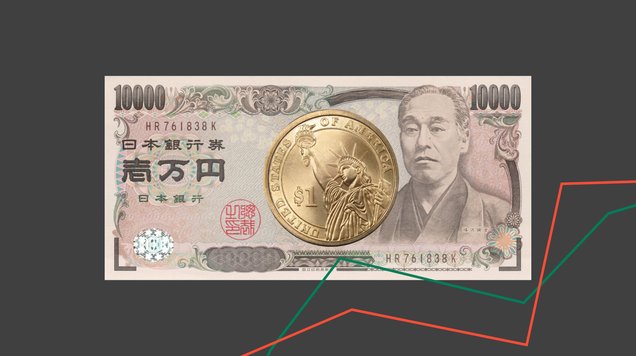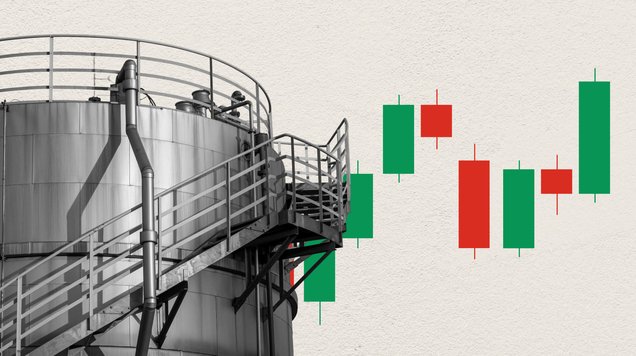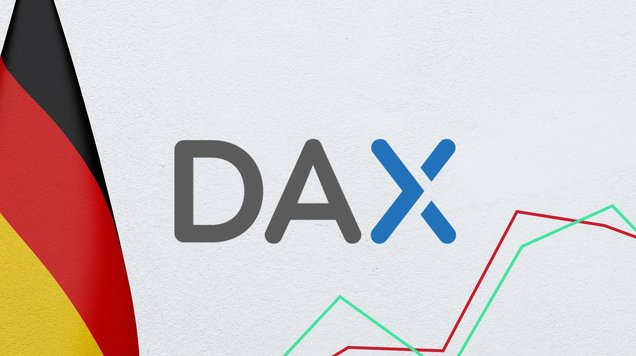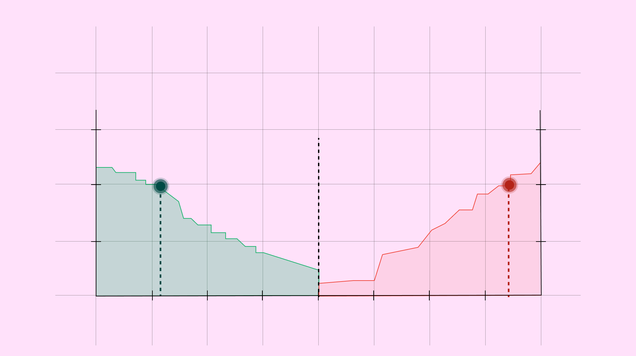Oil prices steady after U.S. tariffs on India spark supply and demand fears
Oil markets remained under pressure after the U.S. imposed higher tariffs on Indian goods in response to New Delhi’s continued imports of Russian crude. Brent crude hovered near $67 a barrel and WTI above $63, with traders weighing trade war risks, OPEC+ supply increases, and the potential for a global glut

Brent crude trades near $67 a barrel, WTI above $63
U.S. raises tariffs on Indian goods to 50% over Russian crude imports
Indian refiners expected to keep most of their Russian oil purchases intact
Brent down ~10% this year amid trade tensions and OPEC+ supply increases
Oil prices hold steady after steep drop
Crude oil steadied on Wednesday after a sharp decline in the previous session, with Brent futures holding near $67 a barrel and WTI above $63. The pullback followed Washington’s decision to impose a 50% tariff on certain Indian imports, the steepest levy on an Asian economy, in retaliation for India’s continued purchases of Russian crude.
Despite the punitive measures, Indian refiners have signaled they will maintain the bulk of their flows from Moscow, suggesting the immediate impact on global supply will remain limited.
U.S.–India trade tensions raise market risks
The tariff escalation marks the latest flashpoint in the U.S.-led trade war that has rattled commodity markets. Oil benchmarks have already shed around 10% this year, pressured by weaker demand prospects and the unwinding of OPEC+ output cuts.
The International Energy Agency has warned of a potential record surplus in 2026, raising concerns that supply could outpace demand if current policies persist. President Donald Trump reinforced that view this week, praising oil prices near $60 a barrel and predicting that “crude will move lower pretty soon.”
Indian refiners keep buying Russian crude
India emerged as one of Russia’s top crude buyers after the 2022 Ukraine war, taking advantage of discounted barrels. Market estimates suggest Indian refiners will import 1.4–1.6 million barrels per day in October and beyond, compared with an average of 1.8 million barrels per day in the first half of 2025.
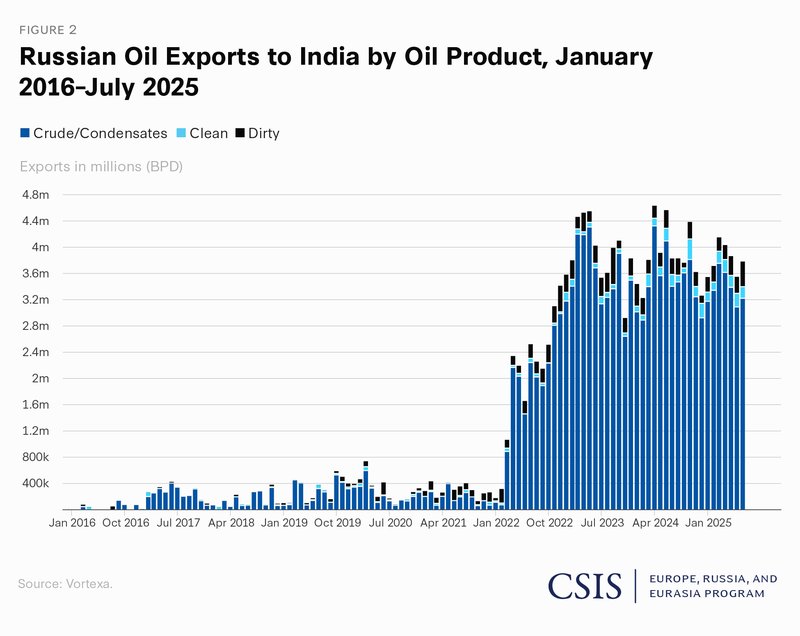
Without direct government intervention, Indian processors have little incentive to curb purchases. There is no directive from the Indian government to halt Russian crude, and refiners are unlikely to act unilaterally.
Futures market signals diverging trends
Market structure points to near-term tightness but longer-term oversupply. The nearest Brent contracts remain in backwardation, indicating immediate demand strength, while longer-dated contracts are in contango, signaling expectations of looser balances ahead.
In the U.S., industry data showed a modest 1 million barrel drawdown in nationwide crude stockpiles last week, alongside declines in gasoline and distillates. Official figures from the Energy Information Administration are due later Wednesday.
